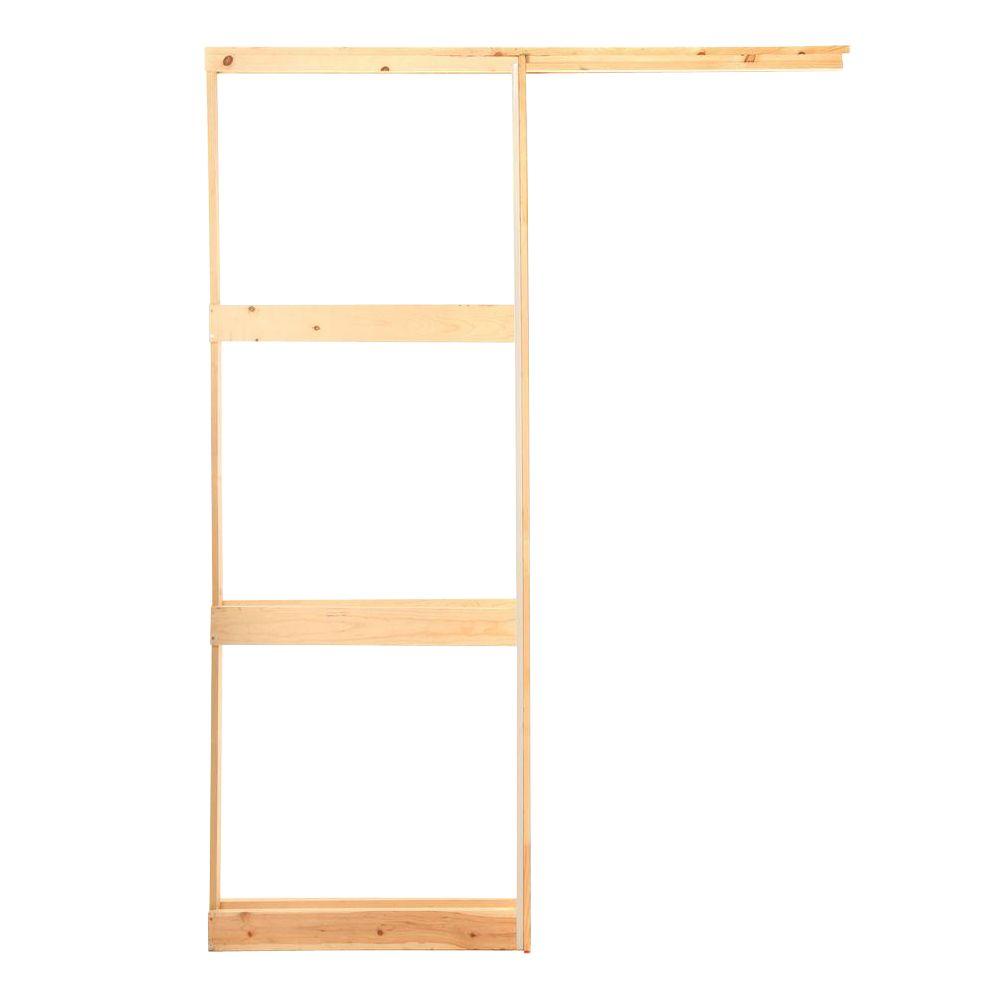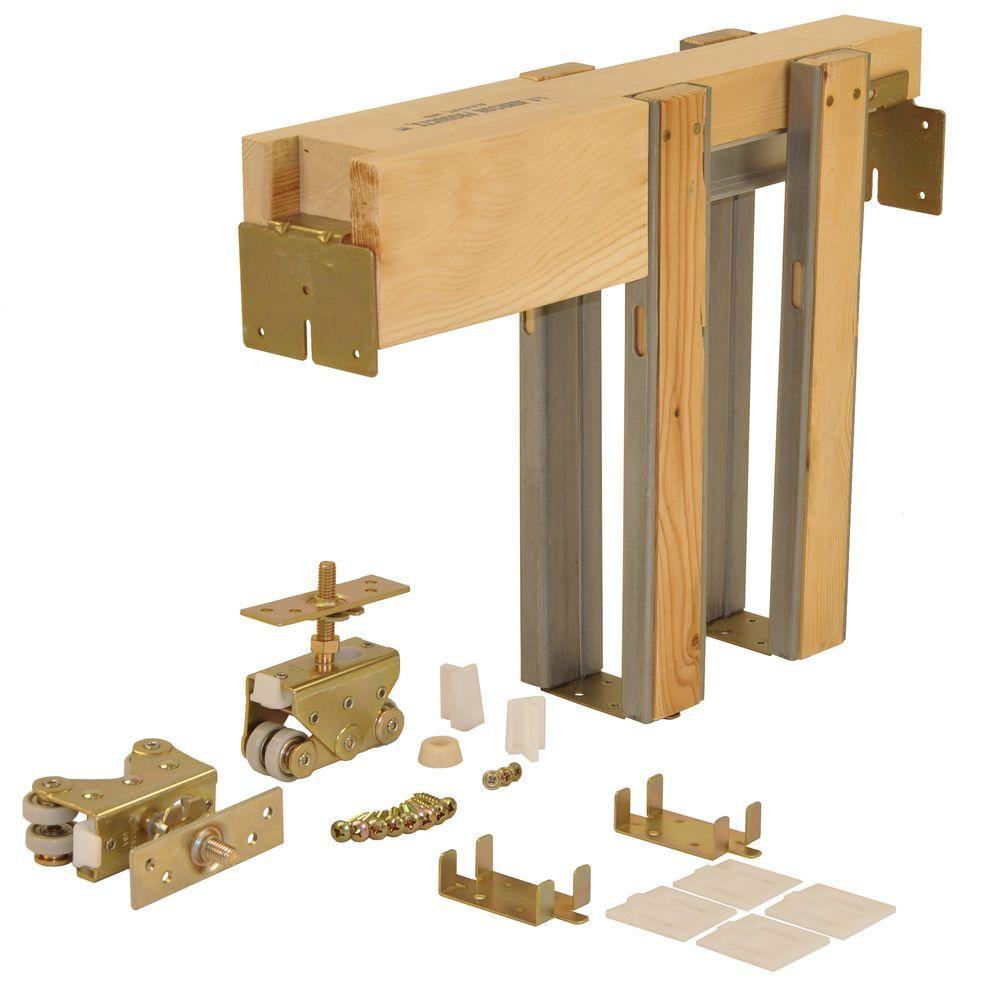

Other sheathings of various sizes in bronze show this was a universal method adopted to protect the wood pivots. The wood doors would seem to have been about 7.62 cm (3.00 in) thick, but the hanging stile was over 360 millimetres (14 in) diameter. These doors or gates were hung in two leaves, each about 2.54 m (100 in) wide and 8.2 m (27 ft) high they were encased with bronze bands or strips, 25.4 cm (10.0 in) high, covered with repoussé decoration of figures. The tenons of the gates at Balawat were sheathed with bronze (now in the British Museum). Those Hilprecht found at Nippur, dating from 2000 BC, were in dolerite. Ī massive door socket from Persepolis (modern-day Iran)Īncient doors were hung by pintles at the top and bottom of the hanging stile, which worked in sockets in the lintel and sill, the latter in some hard stone such as basalt or granite. A 5,000-year-old door has been found by archaeologists in Switzerland. Besides olive wood, elm, cedar, oak and cypress were used. The doors that Homer mentions appear to have been cased in silver or brass. 31–35), which were carved and overlaid with gold. The most ancient doors were made of timber, such as those referred to in the Biblical depiction of King Solomon's temple being in olive wood (I Kings vi. The horizontal cross pieces are the top rail, bottom rail, and middle or intermediate rails. The stiles were the vertical boards, one of which, tenoned or hinged, is known as the hanging stile, the other as the middle or meeting stile. 6.) was done with stiles (sea/si) and rails (see: Frame and panel), the enclosed panels filled with tympana set in grooves in the stiles and rails. In Egypt, where the climate is intensely dry, doors weren't framed against warping, but in other countries required framed doors-which, according to Vitruvius (iv.

People may have believed these were doors to the afterlife, and some include designs of the afterlife. The earliest recorded doors appear in the paintings of Egyptian tombs, which show them as single or double doors, each of a single piece of wood. Doors and doorways frequently appear in literature and the arts with metaphorical or allegorical import as a portent of change. Receiving the key to a door can signify a change in status from outsider to insider. (In some countries, such as Brazil, it is customary to clap from the sidewalk to announce one's presence.) Apart from providing access into and out of a space, doors may have the secondary functions of ensuring privacy by preventing unwanted attention from outsiders, of separating areas with different functions, of allowing light to pass into and out of a space, of controlling ventilation or air drafts so that interiors may be more effectively heated or cooled, of dampening noise, and of blocking the spread of fire.ĭoors can have aesthetic, symbolic, ritualistic purposes. Doors may have devices such as knockers or doorbells by which people outside announce their presence. Many doors incorporate locking mechanisms to ensure that only some people can open them (such as with a key). But in other cases (e.g., a vehicle door) the two sides are radically different. In most cases, a door's interior matches its exterior side. The door may be able to move in various ways (at angles away from the doorway/portal, by sliding on a plane parallel to the frame, by folding in angles on a parallel plane, or by spinning along an axis at the center of the frame) to allow or prevent ingress or egress. They are commonly attached by hinges, but can move by other means, such as slides or counterbalancing. Doors are generally made of a material suited to the door's task. Conventionally, it is a panel that fits into the doorway of a building, room, or vehicle. A door's essential and primary purpose is to provide security by controlling access to the doorway (portal). The created opening in the wall is a doorway or portal. 30x72 rv door.A few examples of doors throughout the worldĪ door is a hinged or otherwise movable barrier that allows ingress (entry) into and egress (exit) from an enclosure.


 0 kommentar(er)
0 kommentar(er)
